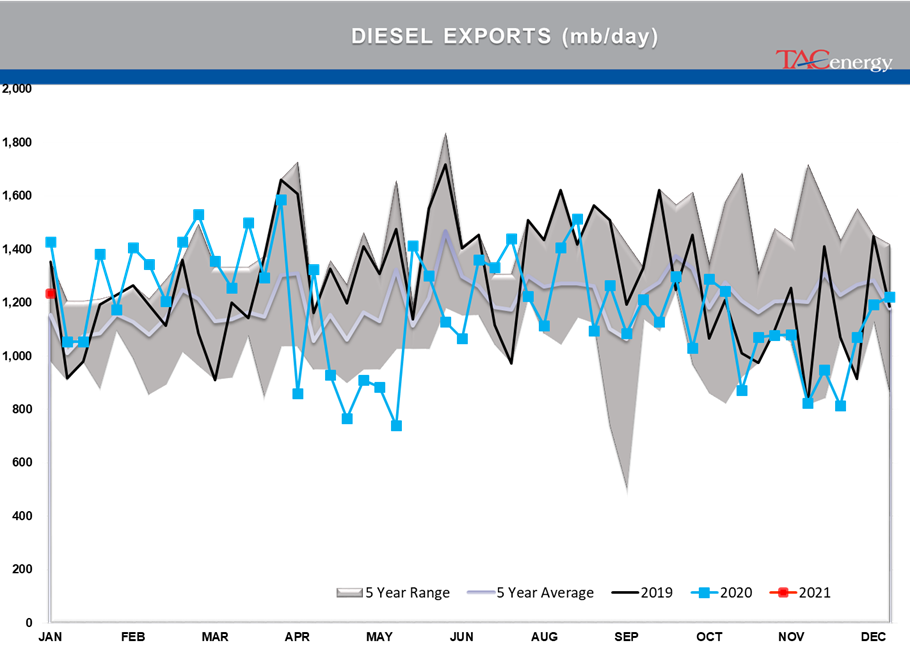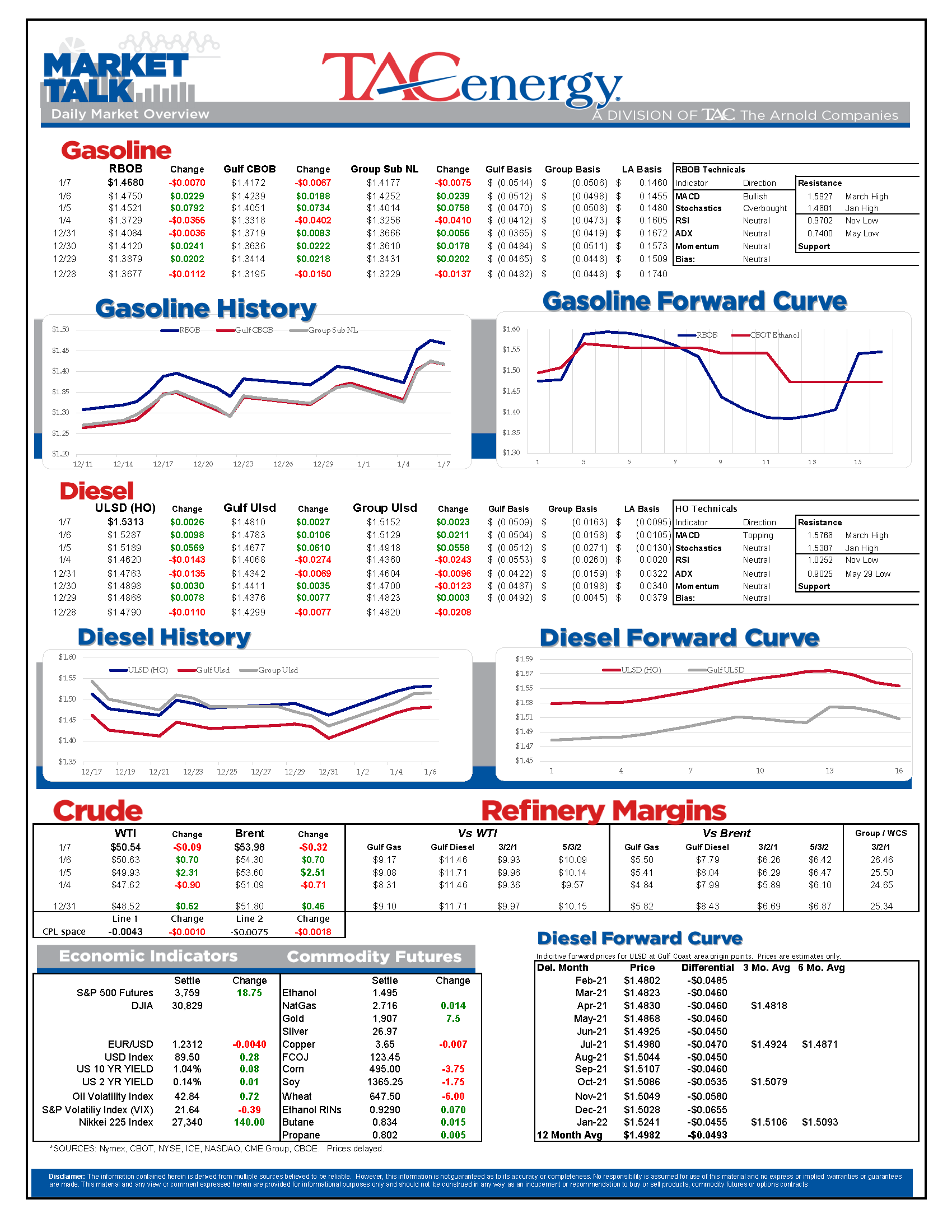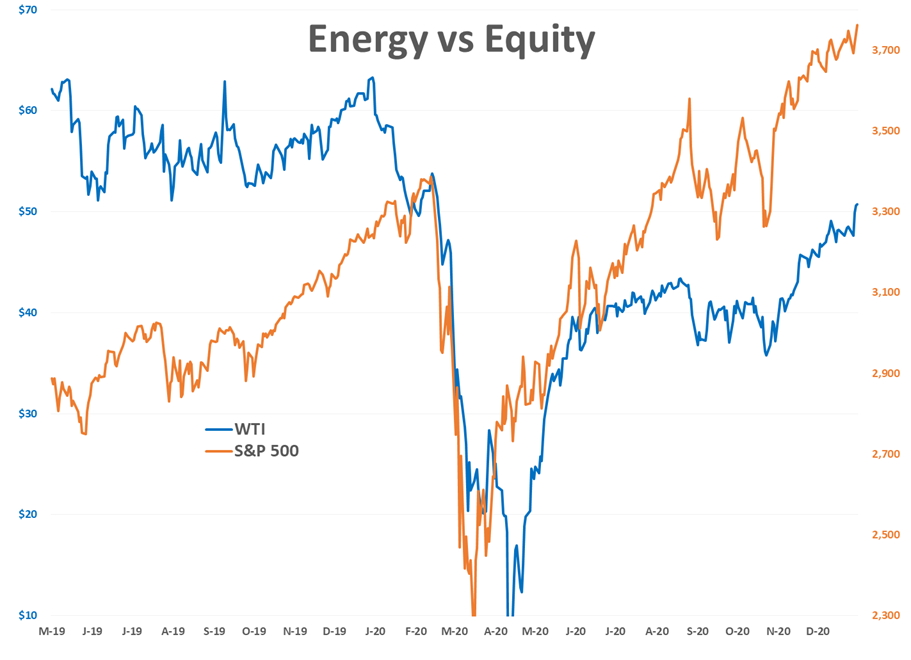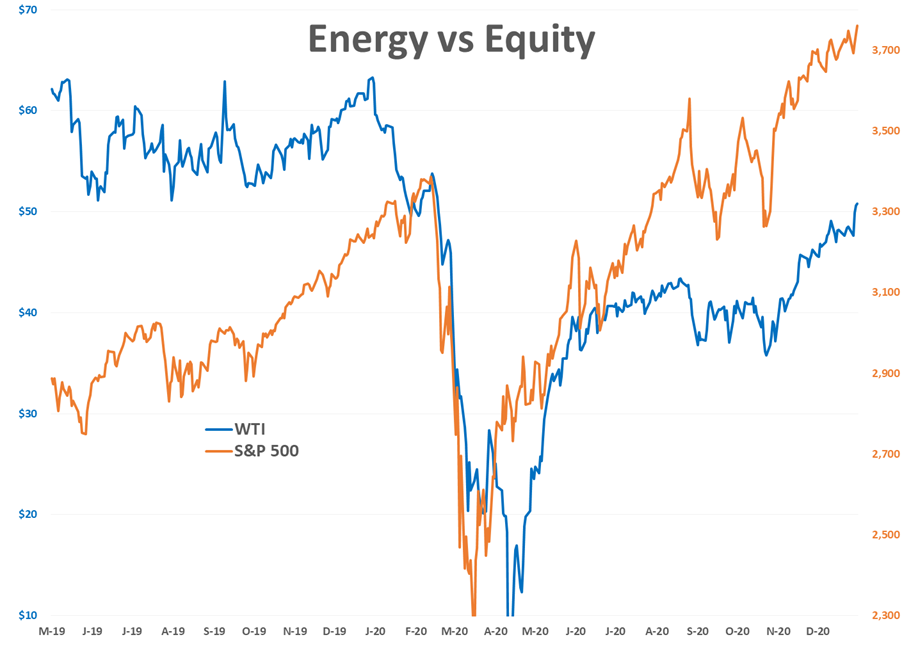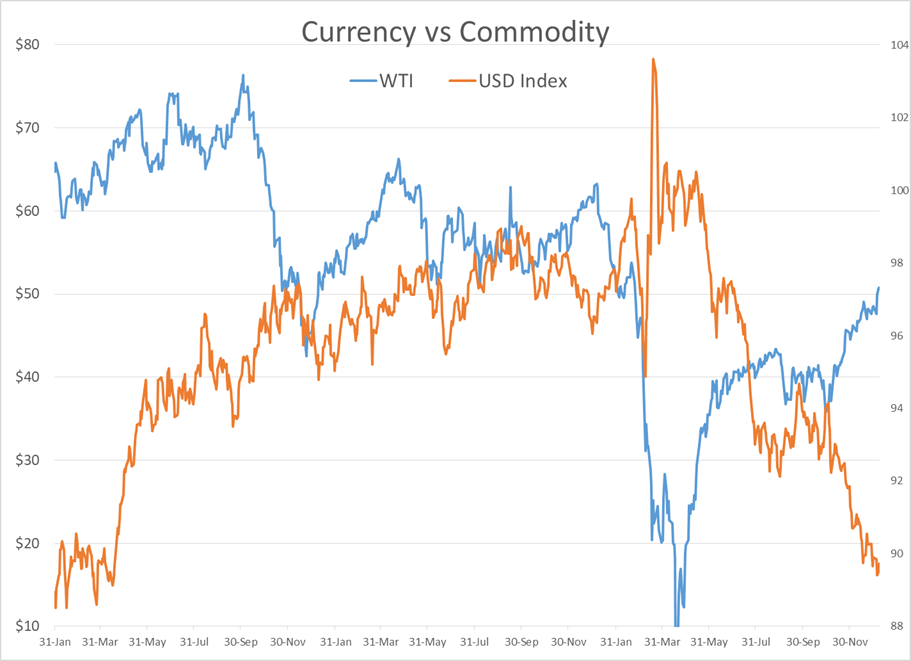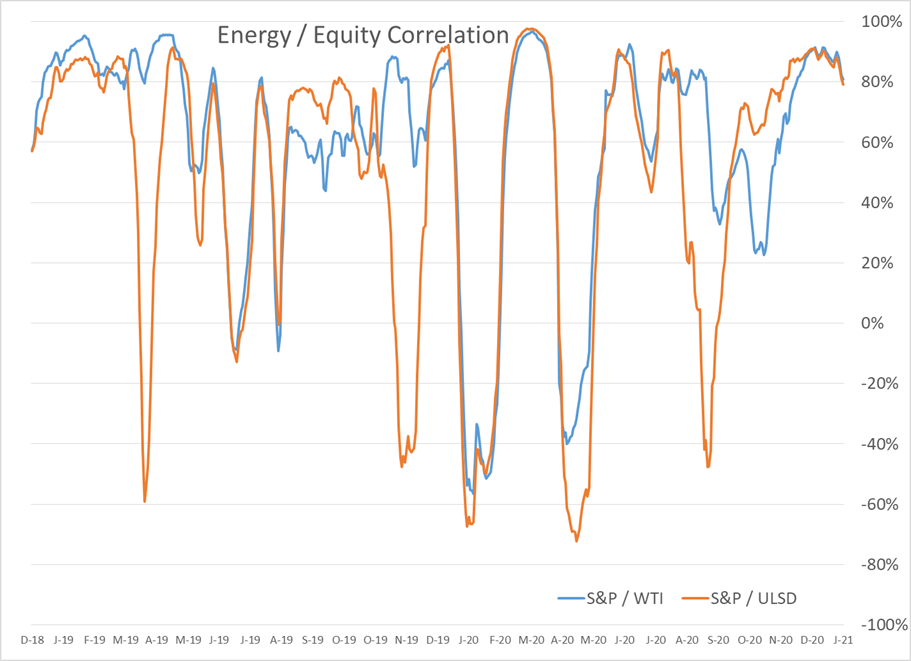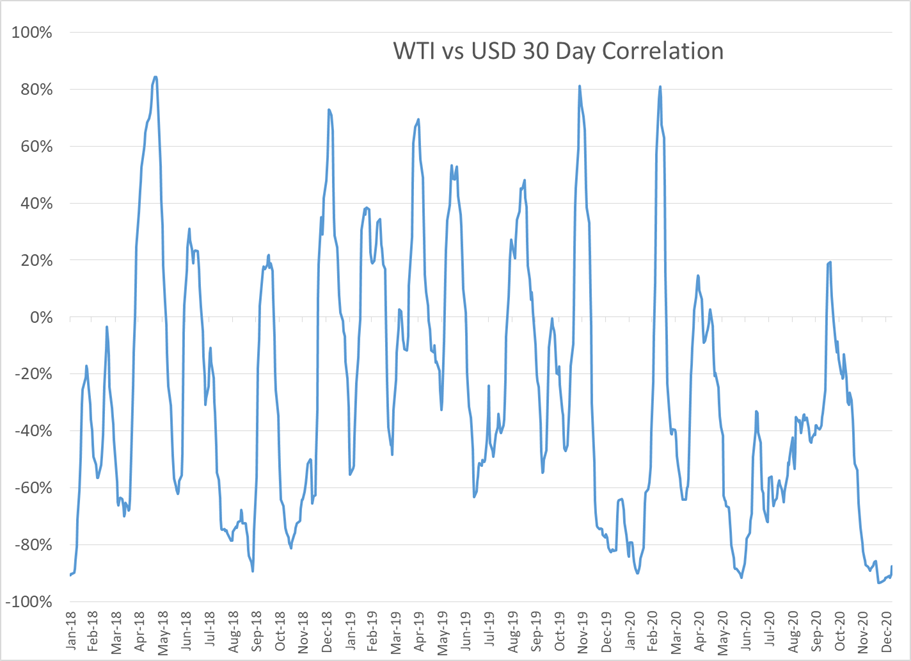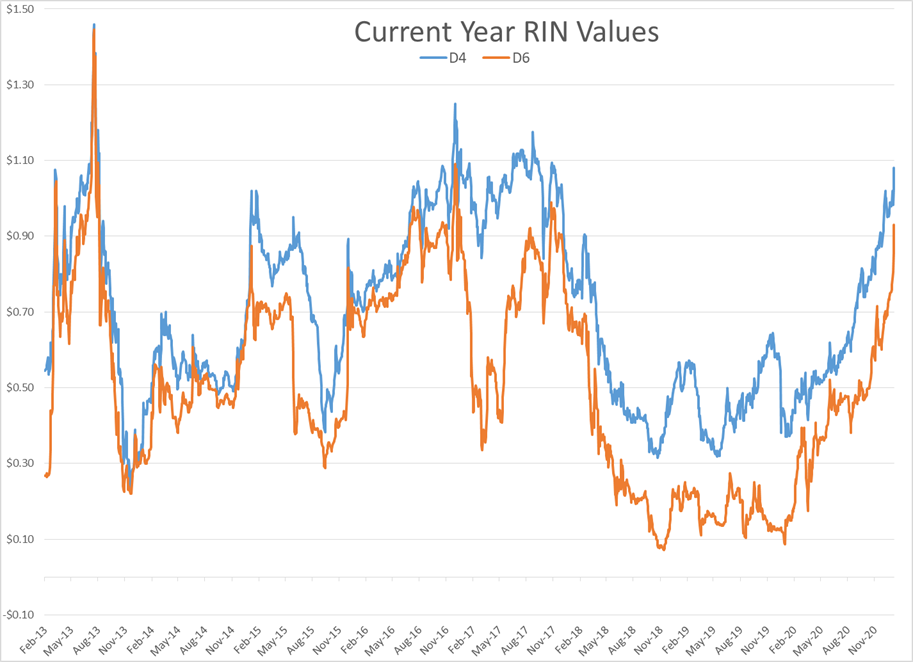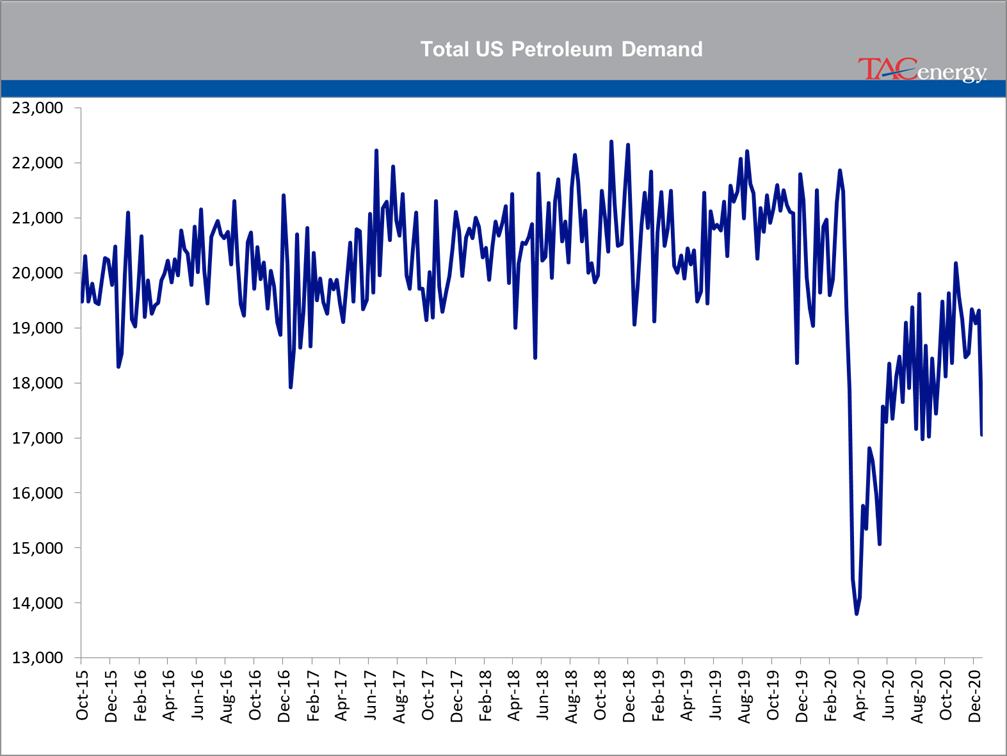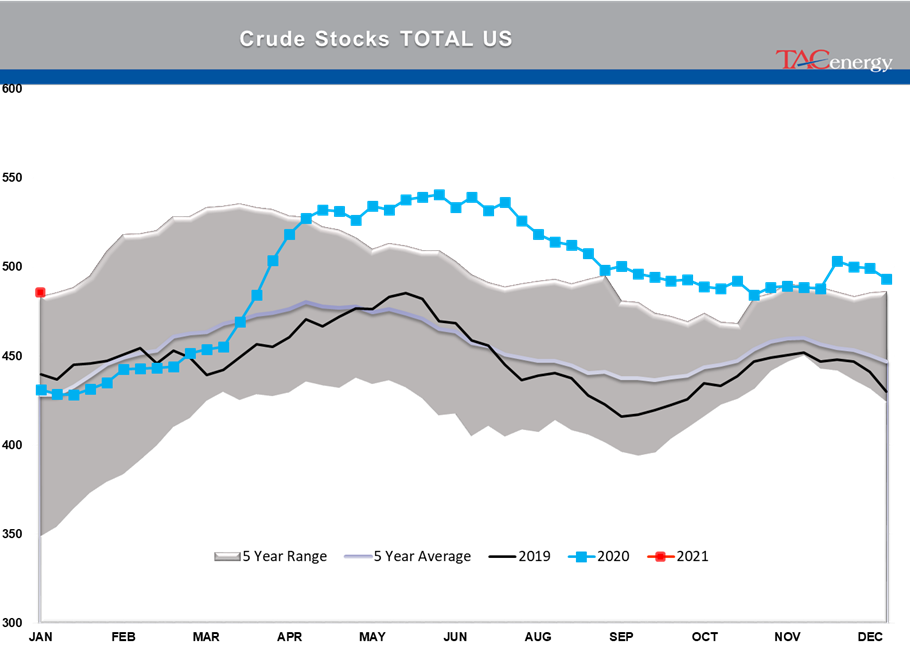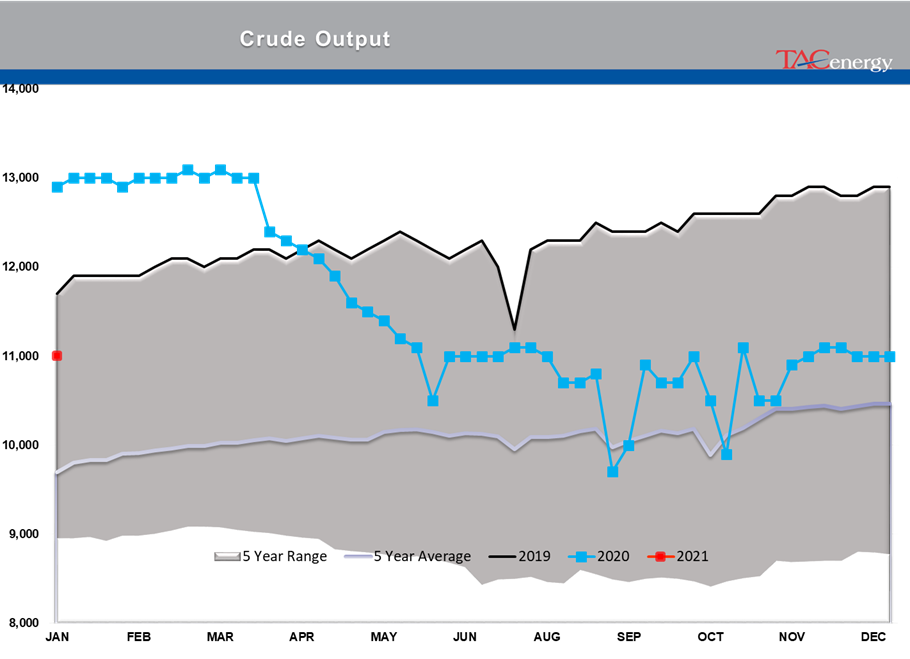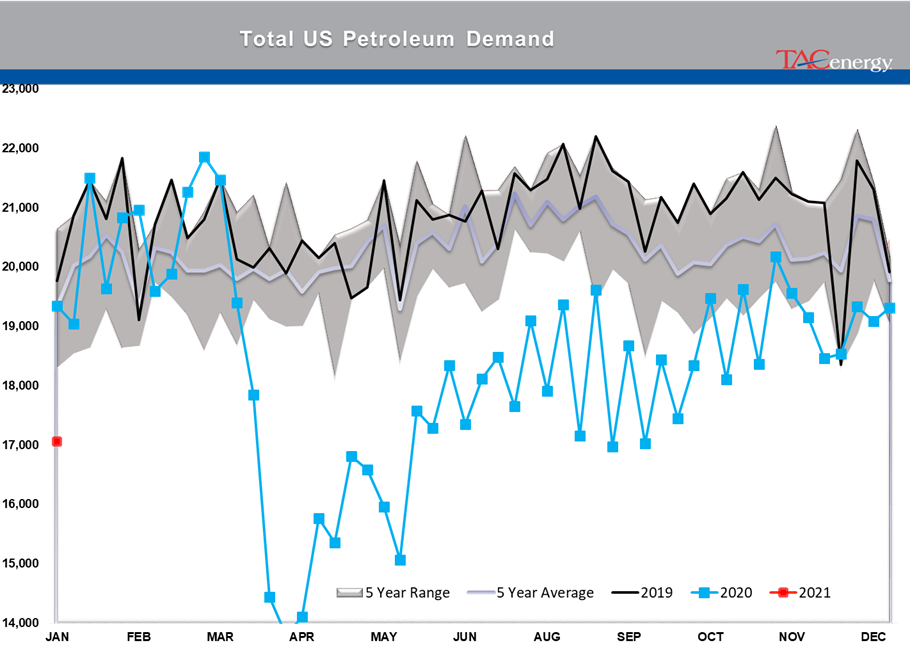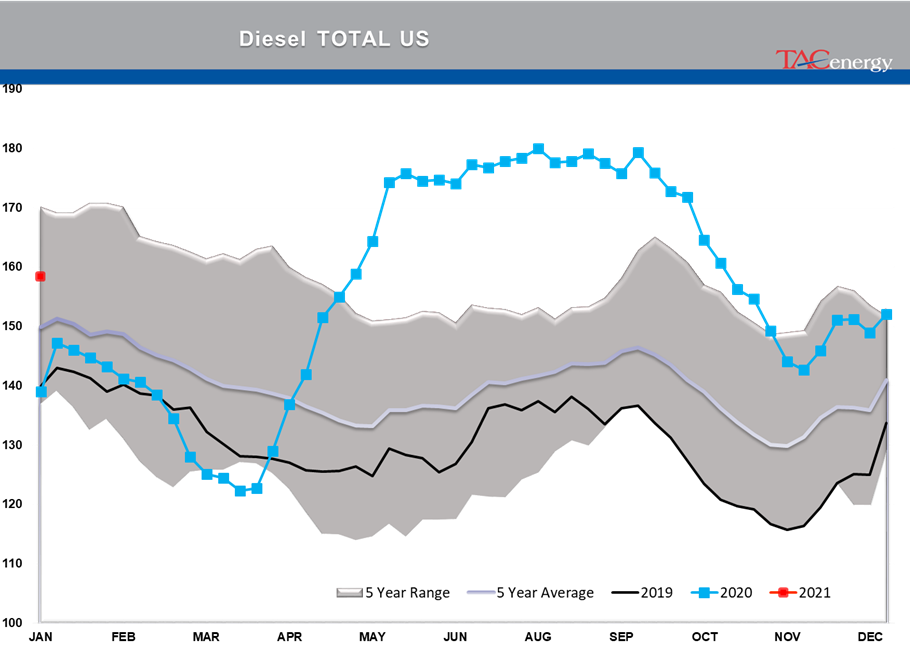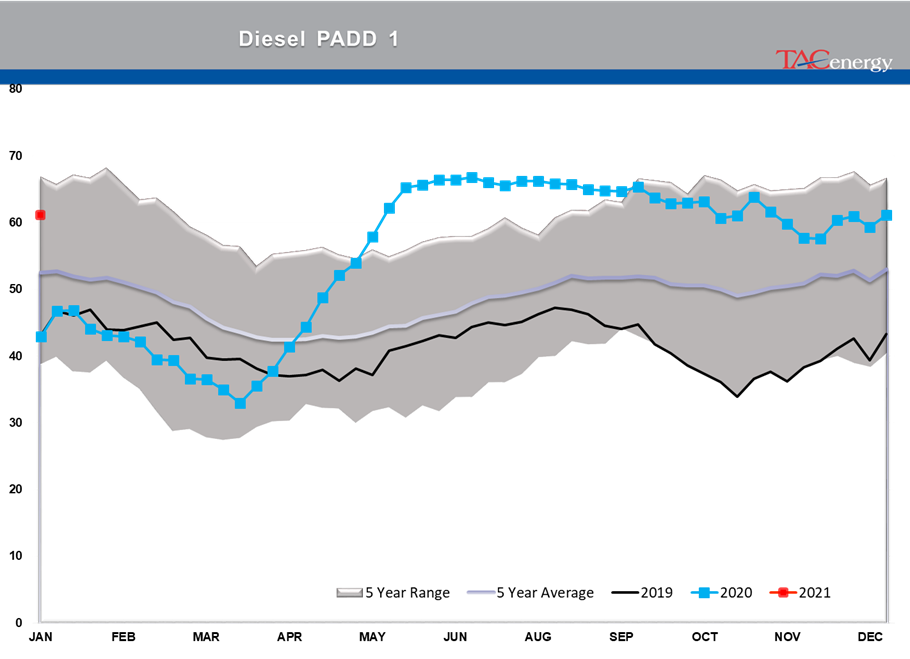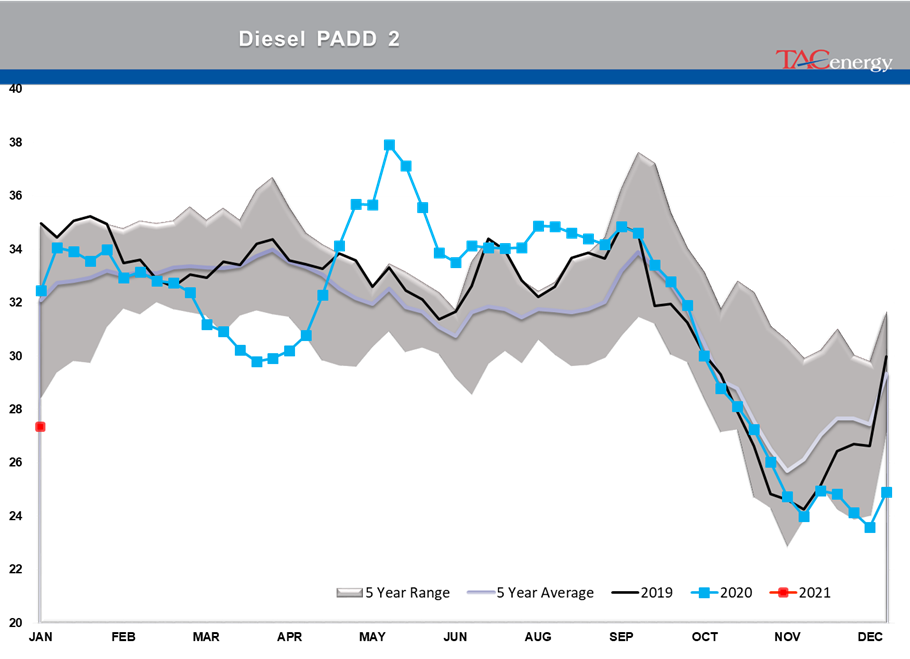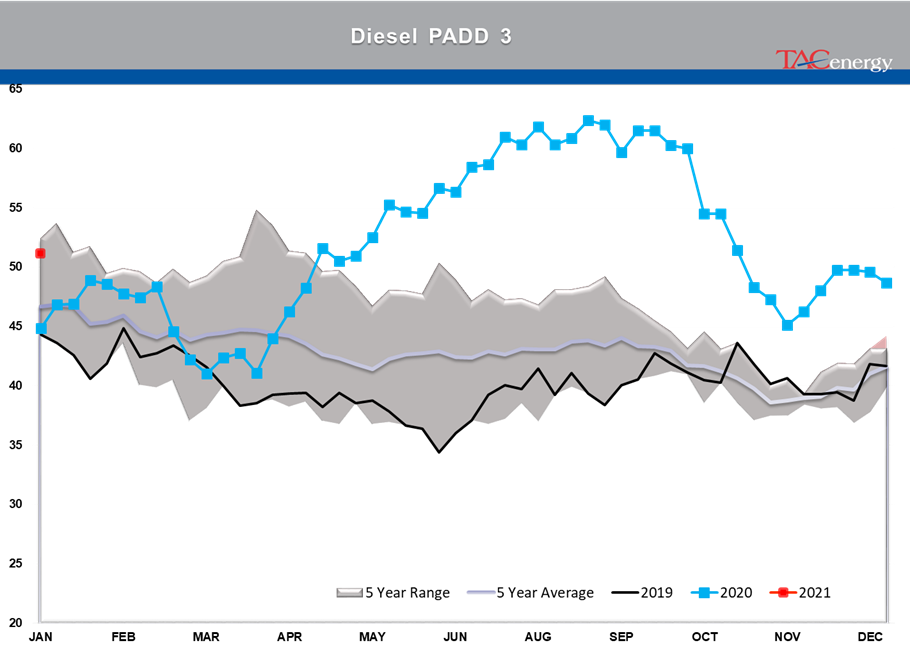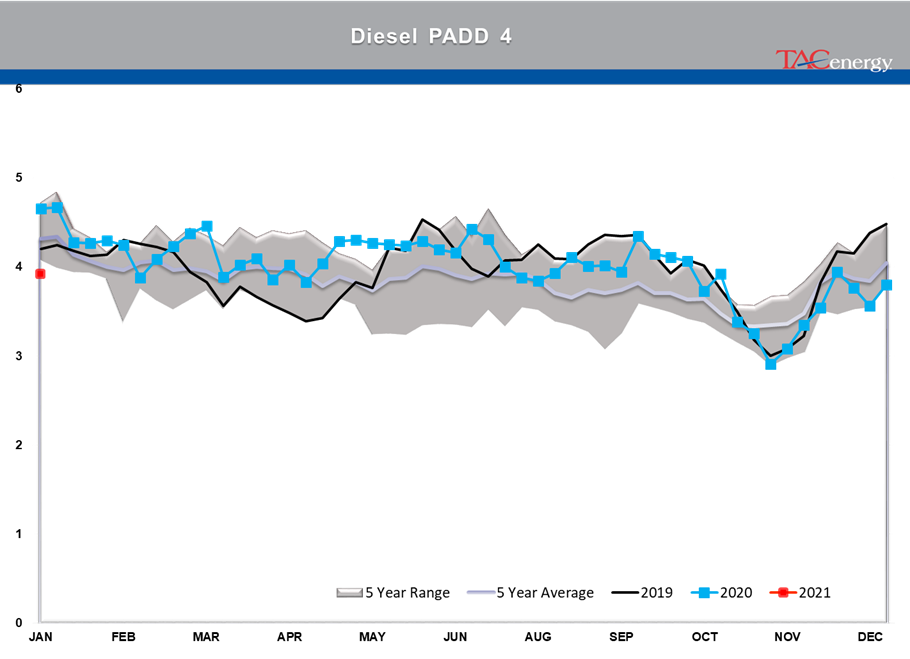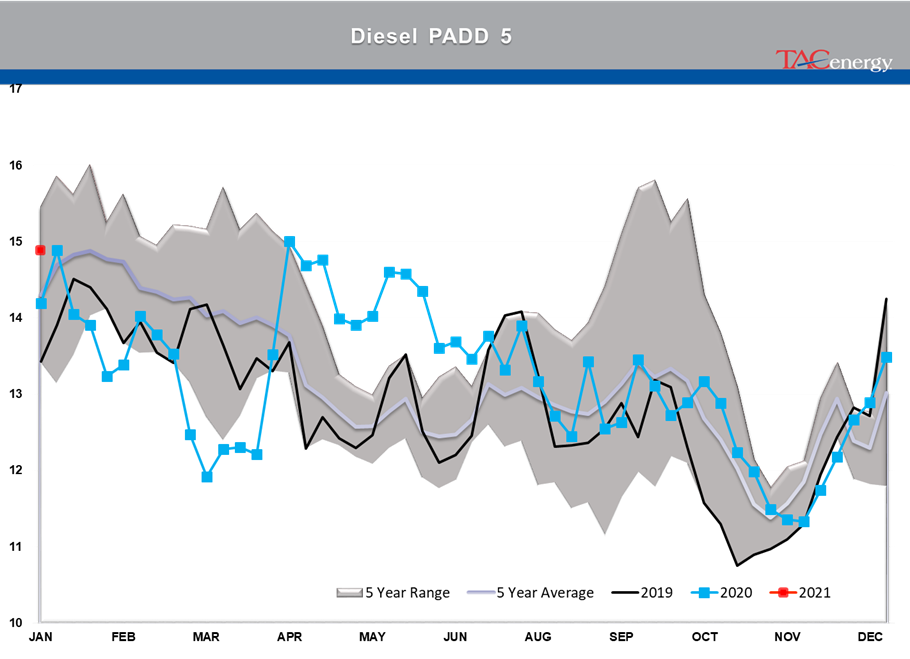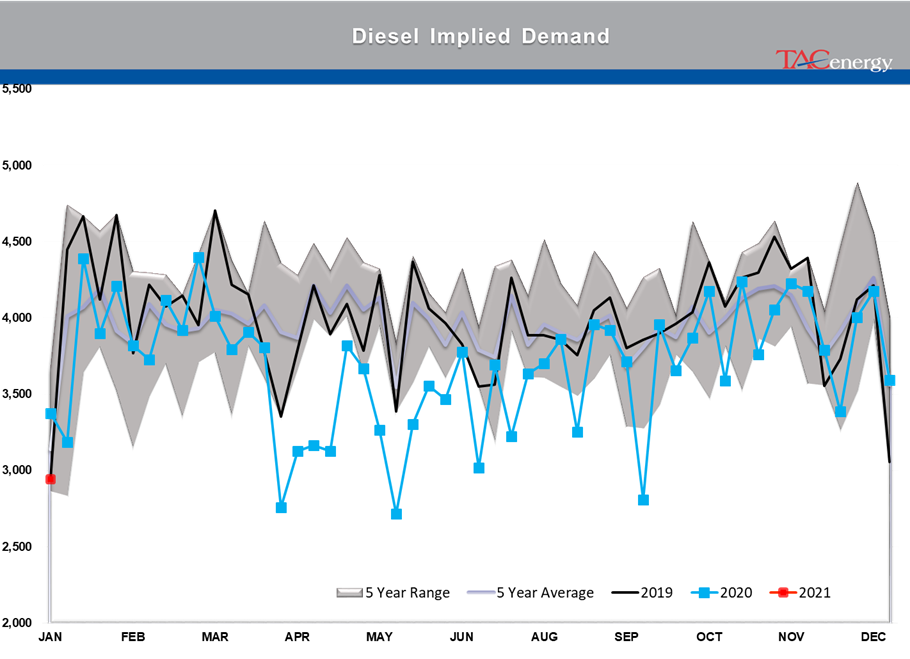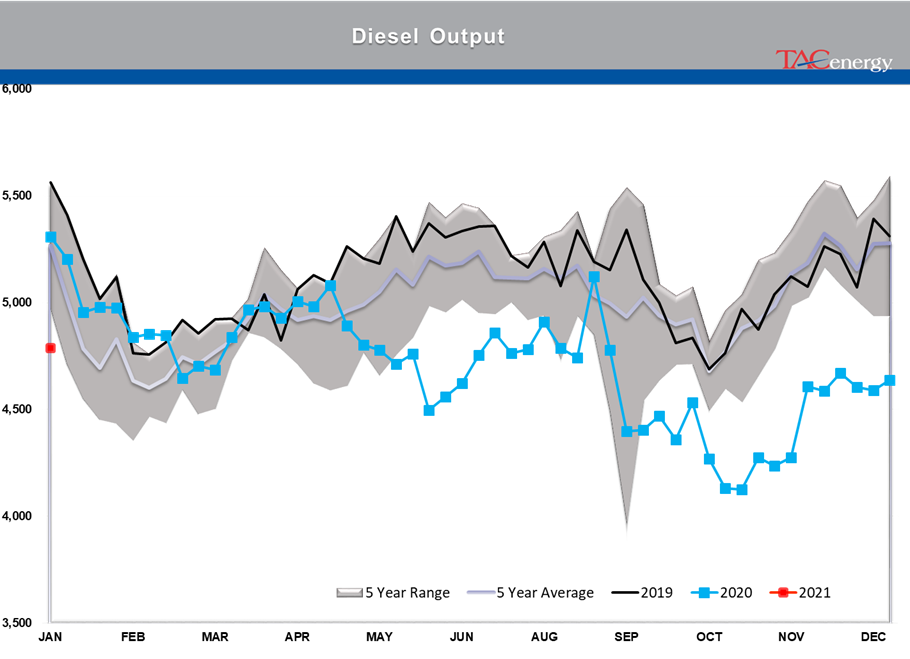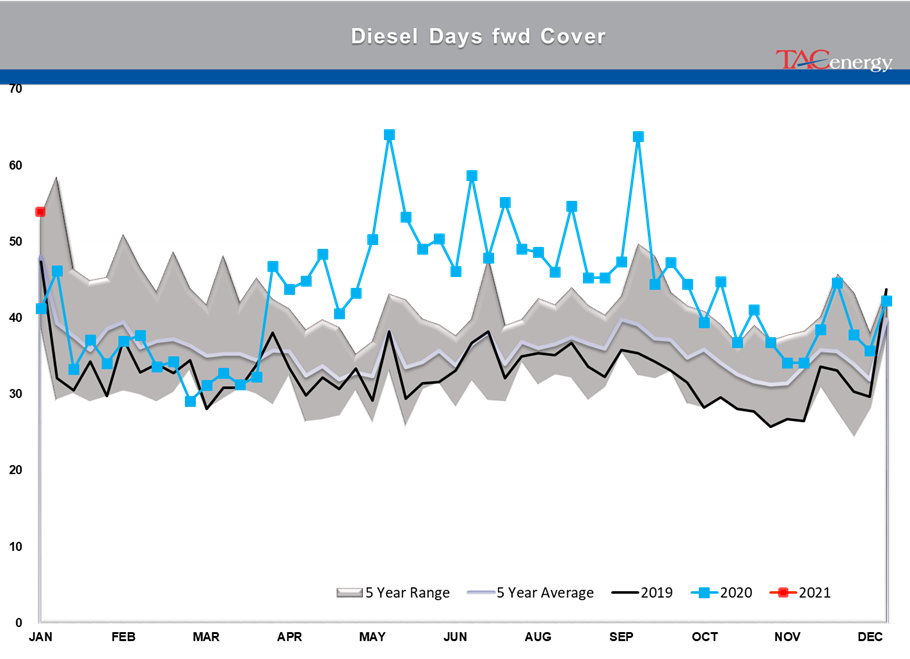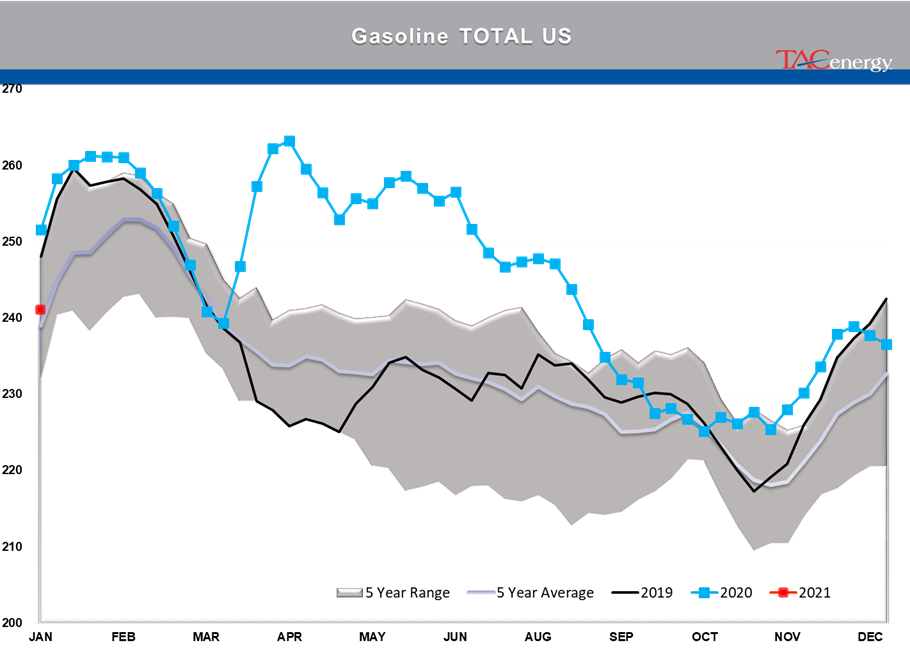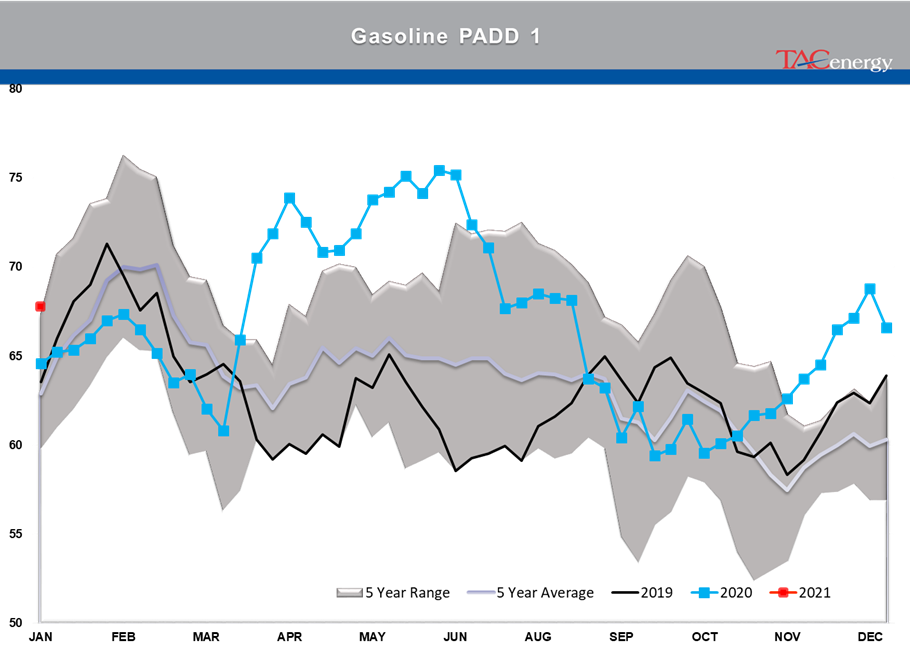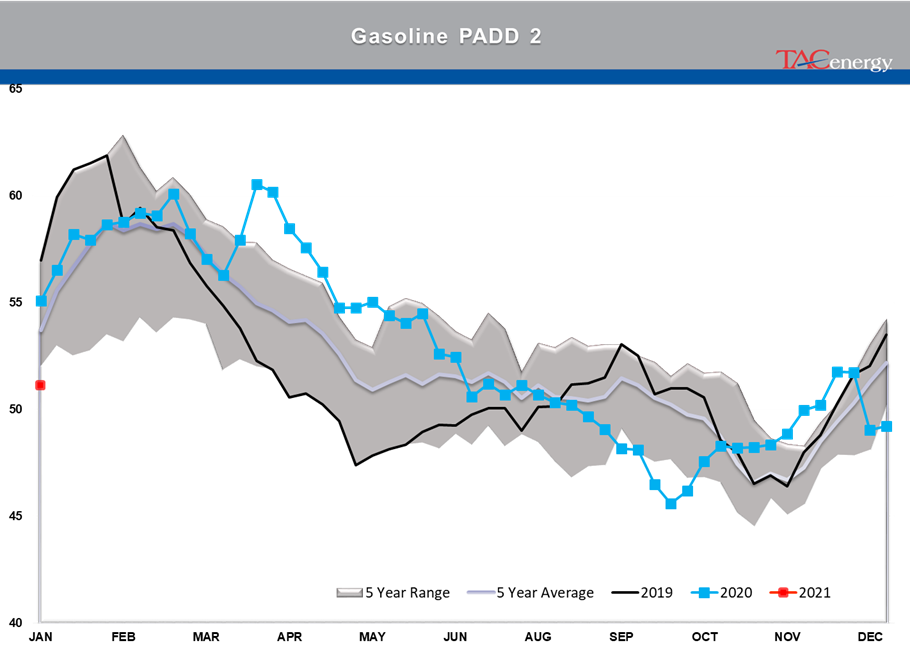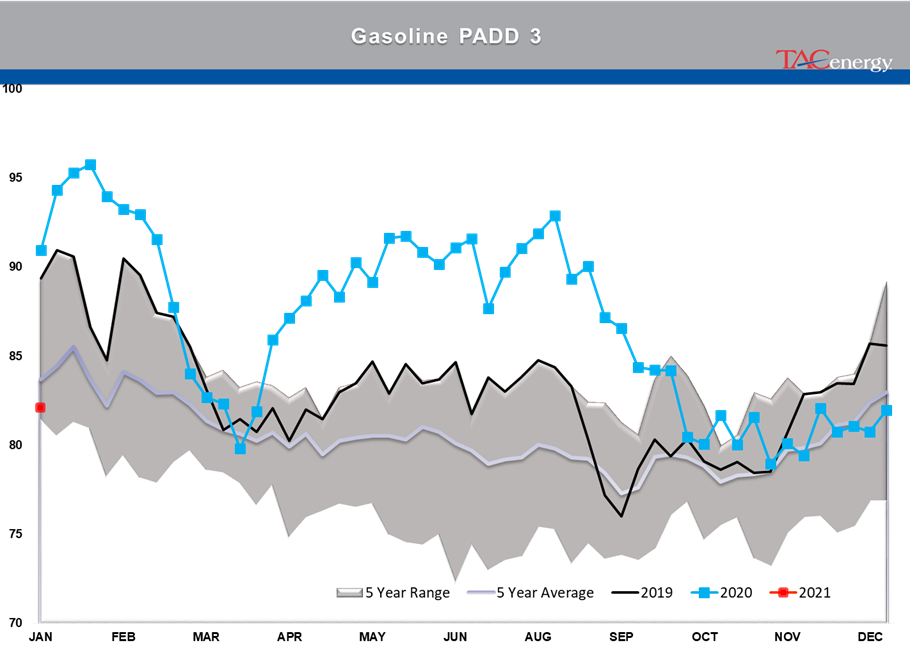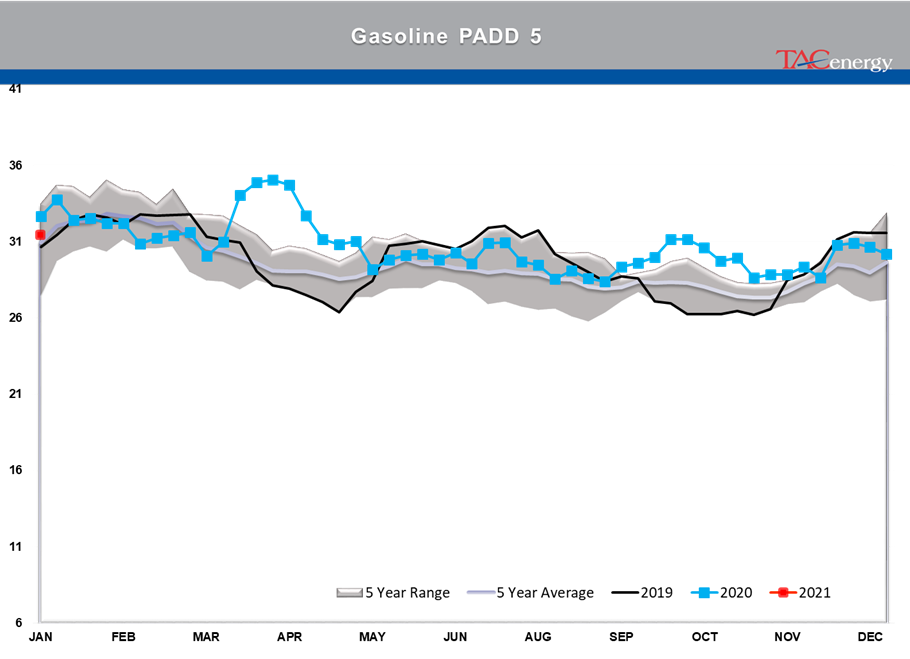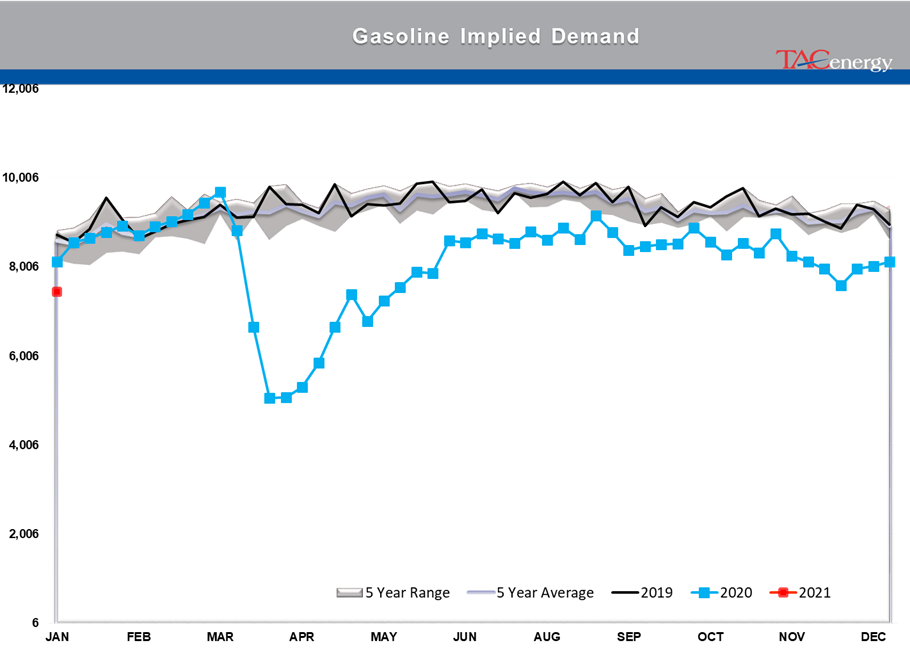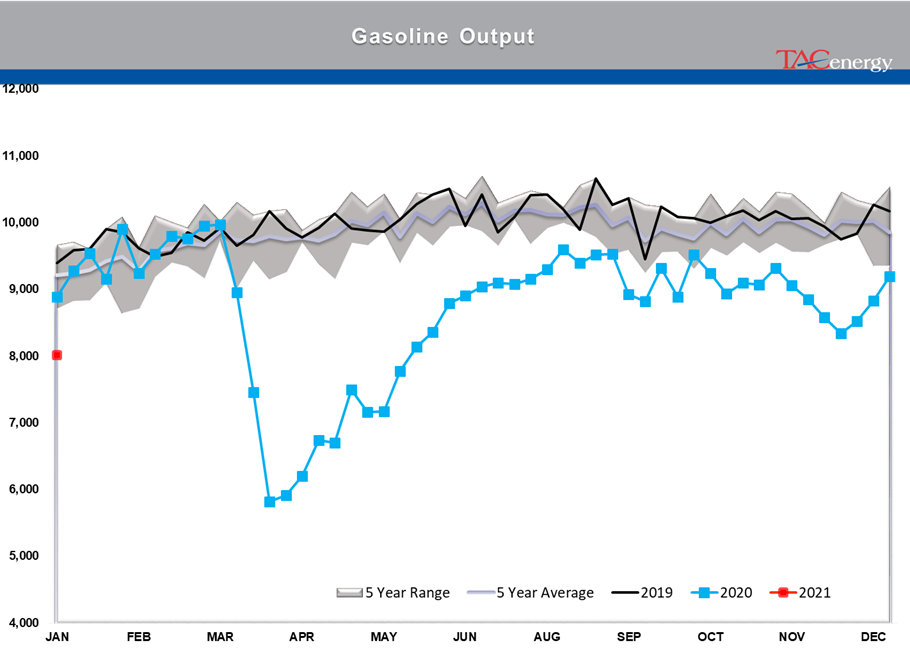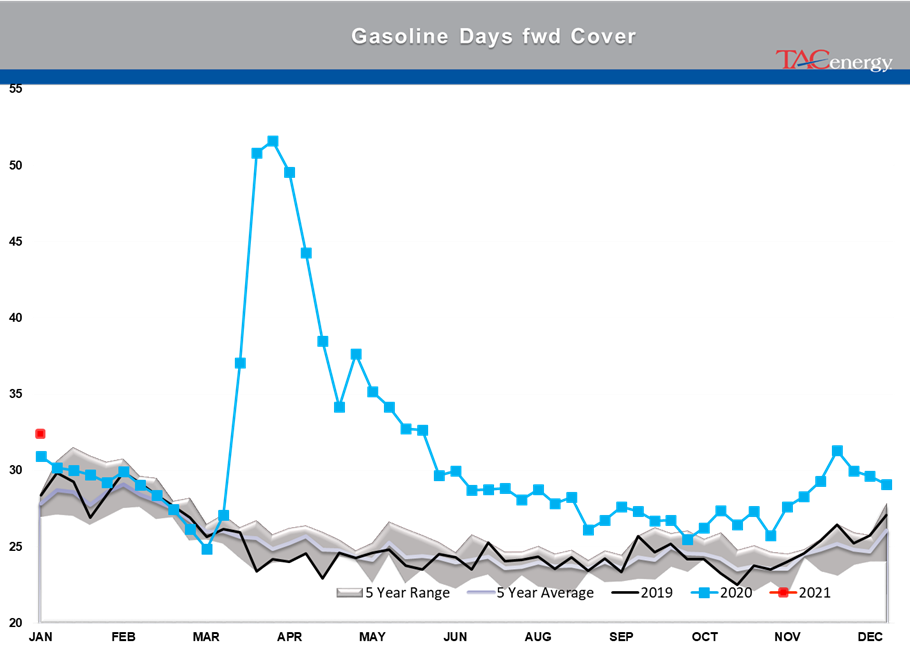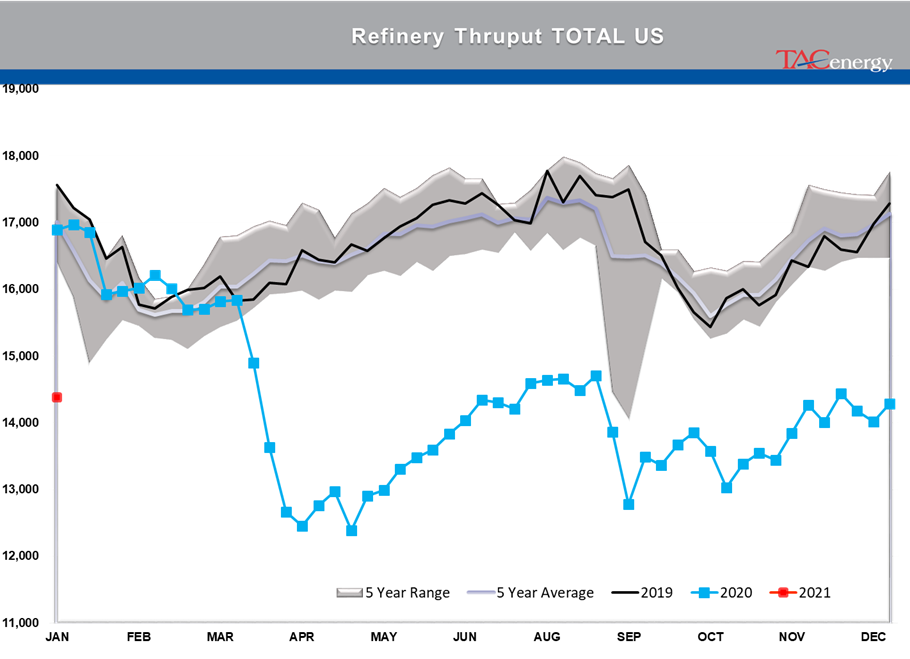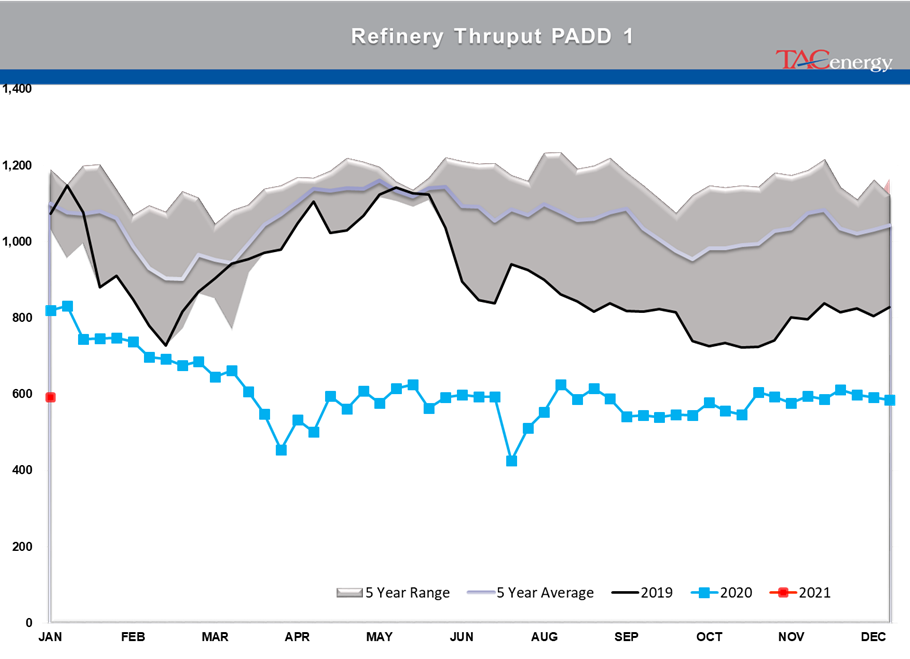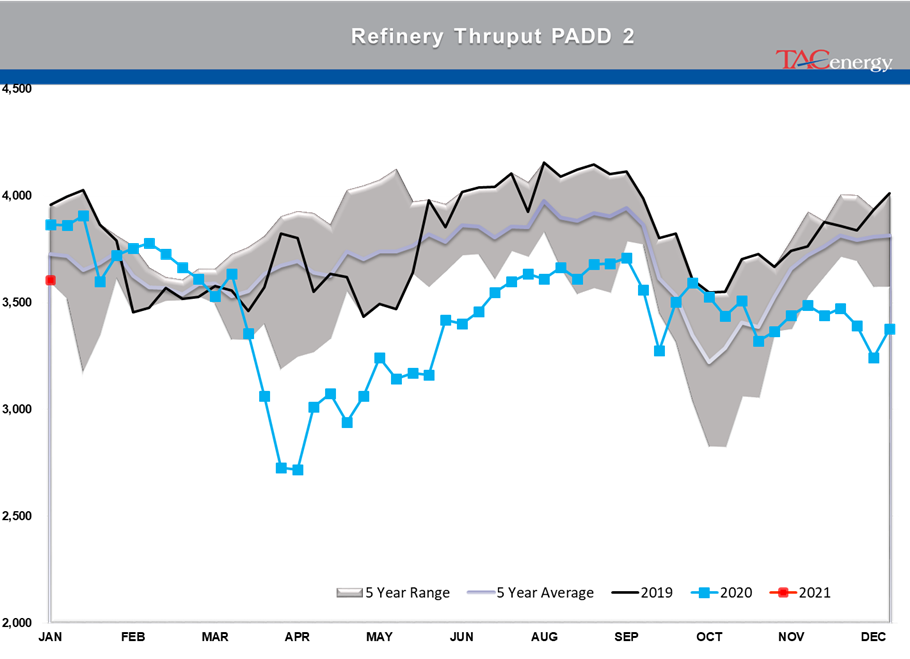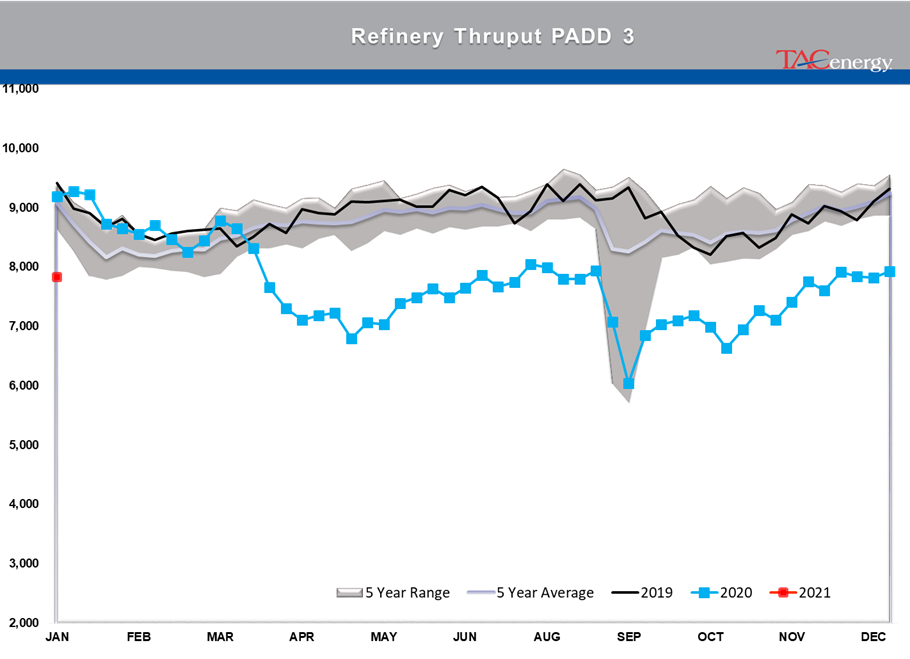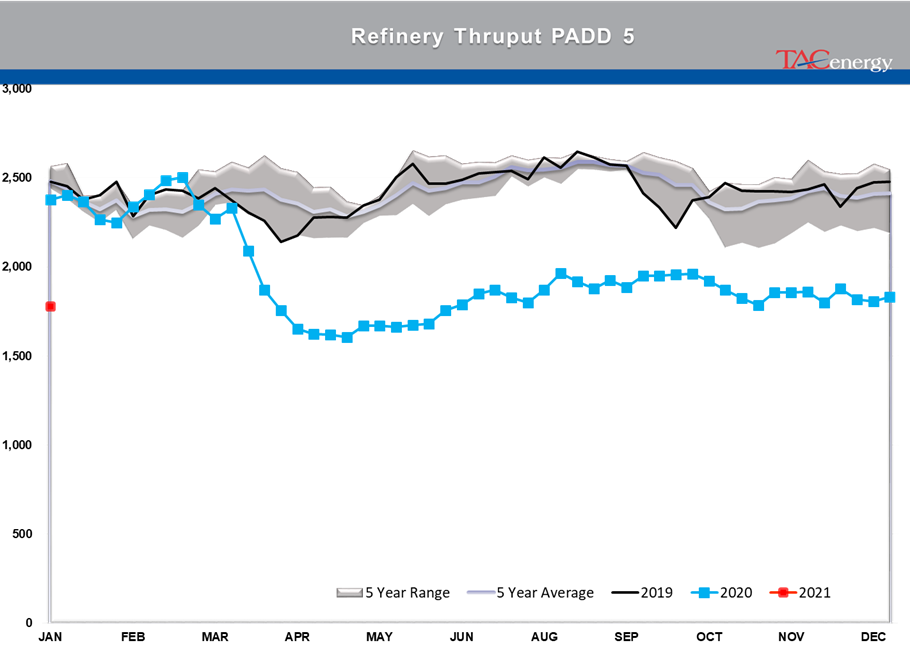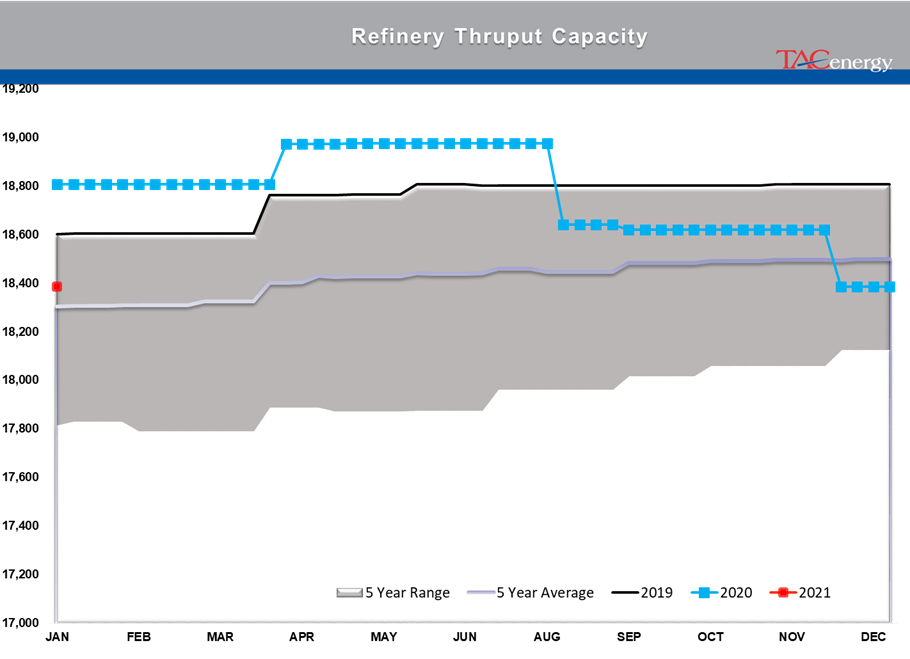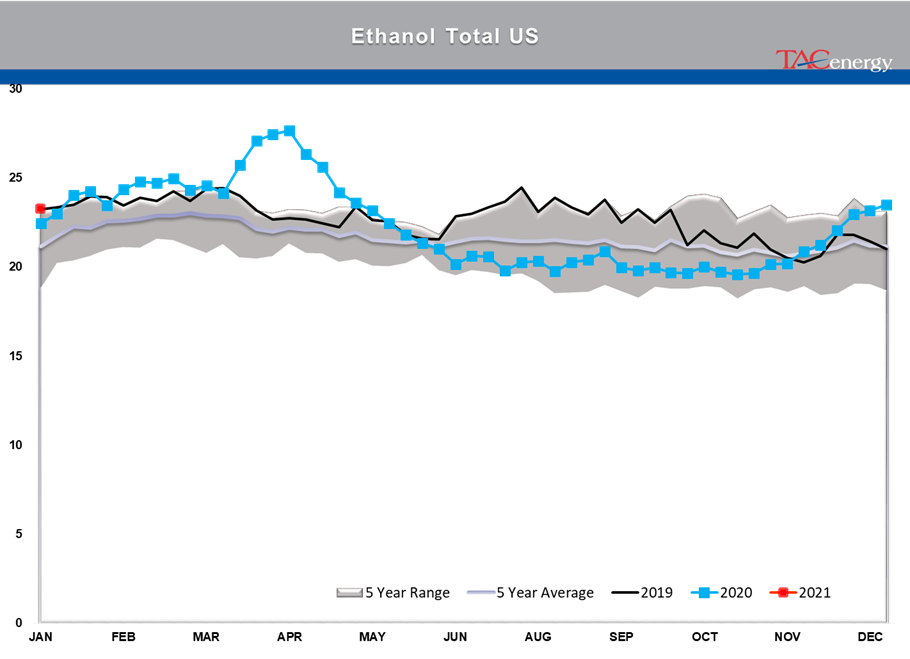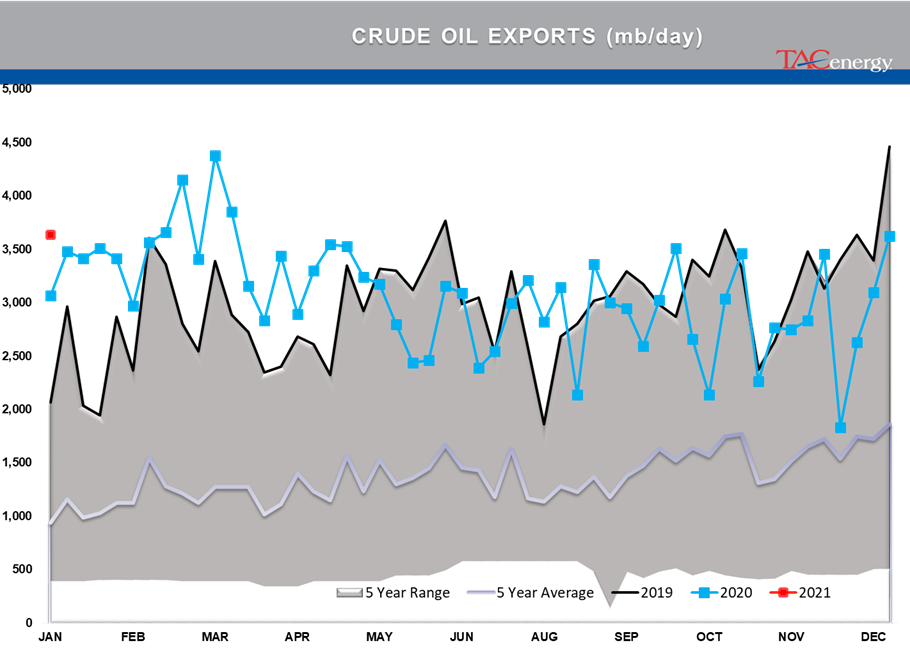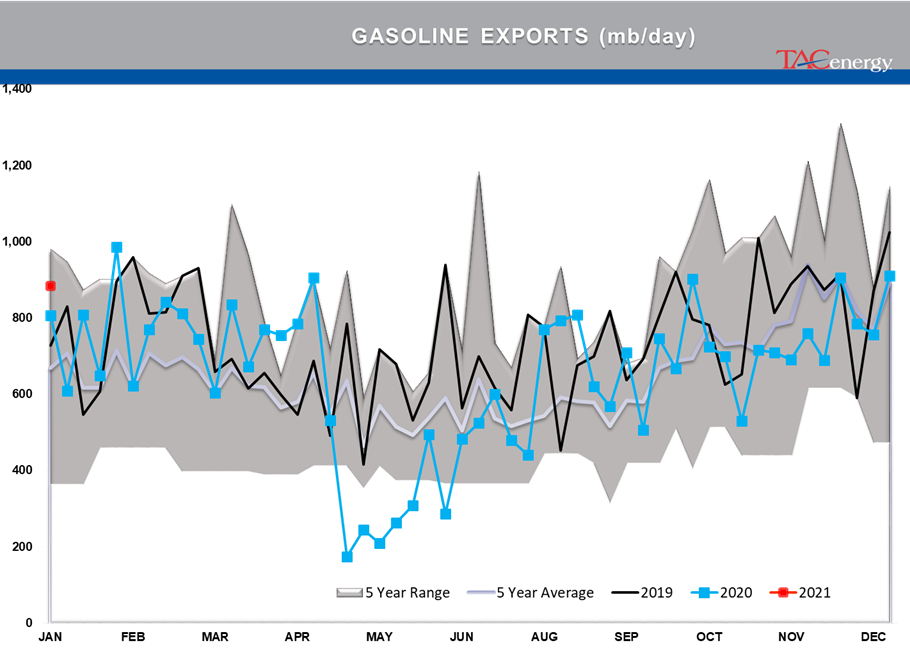A Day Of Chaos In Washington

After a day of chaos in Washington, U.S. markets are starting out in quiet fashion to start Thursday’s session. Energy futures reached new 10-month highs overnight, and seem to still have room to run higher from a technical perspective, while current fundamentals are throwing a giant red flag to challenge this rally.
Wednesday morning we learned about a threat to attack the U.S. Capitol by Iranian factions, Wednesday afternoon saw a much different attack on the building. While people all over the world reacted to the shocking videos from Washington, markets seemed to largely ignore story, and continued on their way overnight as if nothing had happened.
The Senate looks to have been flipped as Democrats have taken both Senate seats in the runoff election, which should mean more new legislation in 2021. Economic stimulus and climate change policies appear to be at the top of the list for those new laws, which could well be bullish for energy prices near term, and bearish for the energy industry long term.
Futures markets seemed to choose to look at the big drawdown in crude oil stocks last week (which can be largely explained by year-end tax avoidance efforts holding crude offshore) and ignored the large builds in refined product inventories driven by one of the largest weekly demand drops on record. It’s not unusual for the first week of January to be the worst week of the year for consumption due to the holidays shutting down many businesses, and with COVID shutting down much more that decline is not too surprising, the question is whether or not we’ll see a sharp recovery in the next two weeks.
As expected, the RIN market reacted most dramatically to the senate election results with both bio and ethanol RINs reaching new three-year highs in the early morning, but then trading dried up in the afternoon. We saw a similarly wild trading pattern after the last presidential election with prices soaring north of $1/RIN, only to drop by 70% in the next few months. It seems unlikely we’ll see a similar move this time given the polar opposite stances on renewables between the Presidents, but with the mandated market for RINs, nothing is certain.
Click here to download a PDF of today's TACenergy Market Talk.
Latest Posts
Week 17 - US DOE Inventory Recap
The Energy Complex Is Trading Modestly Lower So Far This Morning With WTI Crude Oil Futures Leading The Way
Energy Futures Are Drifting Quietly Higher This Morning
Refined Products Holding Close To Break Even While Oil Prices Are Losing Just Under 1%
Social Media
News & Views
View All
Week 17 - US DOE Inventory Recap

The Energy Complex Is Trading Modestly Lower So Far This Morning With WTI Crude Oil Futures Leading The Way
The energy complex is trading modestly lower so far this morning with WTI crude oil futures leading the way, exchanging hands $1.50 per barrel lower (-1.9%) than Tuesday’s settlement price. Gasoline and diesel futures are following suit, dropping .0390 and .0280 per gallon, respectively.
A surprise crude oil build (one that doesn’t include any changes to the SPR) as reported by the American Petroleum Institute late Tuesday is taking credit for the bearish trading seen this morning. The Institute estimated an increase in crude inventories of ~5 million barrels and drop in both refined product stocks of 1.5-2.2 million barrels for the week ending April 26. The Department of Energy’s official report is due out at it’s regular time (9:30 CDT) this morning.
The Senate Budget Committee is scheduled to hold a hearing at 9:00 AM EST this morning regarding a years-long probe into climate change messaging from big oil companies. Following a 3-year investigation, Senate and House Democrats released their final report yesterday alleging major oil companies have internally recognized the impacts of fossil fuels on the climate since as far back as the 1960s, while privately lobbying against climate legislation and publicly presenting a narrative that undermines a connection between the two. Whether this will have a tangible effect on policy or is just the latest announcement in an election-yeardeluge is yet to be seen.
Speaking of deluge, another drone attack was launched against Russian infrastructure earlier this morning, causing an explosion and subsequent fire at Rosneft’s Ryazan refinery. While likely a response to the five killed from Russian missile strikes in Odesa and Kharkiv, Kyiv has yet to officially claim responsibility for the attack that successfully struck state infrastructure just 130 miles from Moscow.
The crude oil bears are on a tear this past week, blowing past WTI’s 5 and 10 day moving averages on Monday and opening below it’s 50-day MA this morning. The $80 level is likely a key resistance level, below which the path is open for the American oil benchmark to drop to the $75 level in short order.
Click here to download a PDF of today's TACenergy Market Talk.

Energy Futures Are Drifting Quietly Higher This Morning
Energy futures are drifting quietly higher this morning as a new round of hostage negotiations between Israel and Hamas seem to show relative promise. It seems the market is focusing on the prospect of cooler heads prevailing, rather than the pervasive rocket/drone exchanges, the latest of which took place over Israel’s northern border.
A warmer-than-expected winter depressed diesel demand and, likewise, distillate refinery margins, which has dropped to its lowest level since the beginning of 2022. The ULSD forward curve has shifted into contango (carry) over the past month as traders seek to store their diesel inventories and hope for a pickup in demand, domestic or otherwise.
The DOE announced it had continued rebuilding it’s Strategic Petroleum Reserve this month, noting the addition of 2.3 million barrels of crude so far in April. Depending on what the private sector reported for last week, Wednesday’s DOE report may put current national crude oil inventories (include those of the SPR) above the year’s previous levels, something we haven’t seen since April of 2022, two months after Ukraine war began.
The latest in the Dangote Refinery Saga: Credit stall-out, rising oil prices, and currency exchange.
Click here to download a PDF of today's TACenergy Market Talk.
